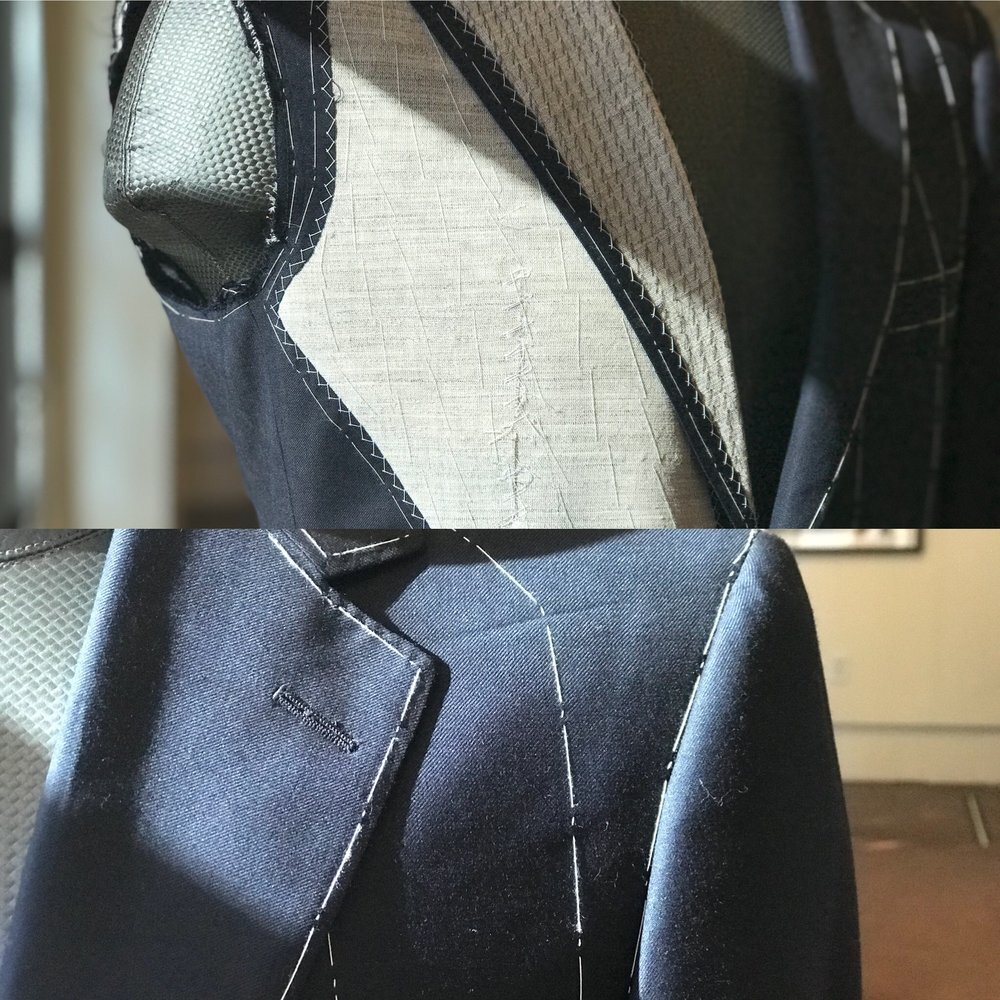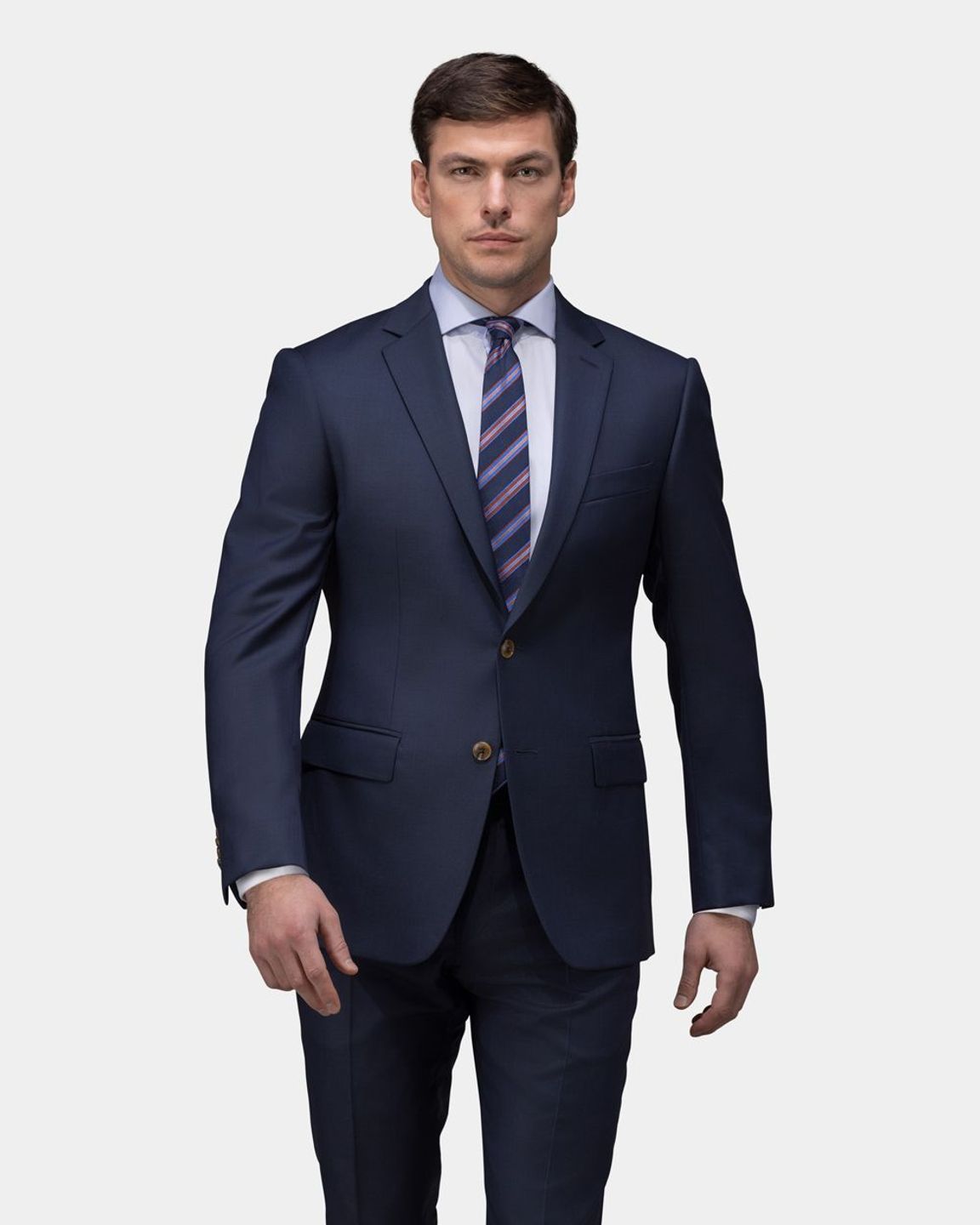Bespoke Tailor Perth: Crafting the Perfect Suit for You
Understanding the Tailoring Refine: From Fabric Choice to Last Suitable for the Perfect Closet
The tailoring process is a complex interaction of art and scientific research, beginning with the crucial choice of textile choice and culminating in the precise changes of last fittings. Each fabric kind brings special qualities that affect not just the aesthetic allure yet likewise the garment's longevity and viability for different occasions.
Importance of Textile Option
Selecting the best textile is vital in the tailoring process, as it straight influences the convenience, longevity, and general aesthetic of the final garment. The option of material sets the structure for the garment's performance, capability, and style. Various materials possess special residential or commercial properties, such as breathability, stretch, and weight, which can significantly influence exactly how the garment drapes and fits the body.

A customized piece made from a suitable fabric not only showcases workmanship yet additionally boosts the user's self-confidence. Subsequently, comprehending the nuances of material selection is paramount for any tailoring undertaking. It makes certain that the end product not just satisfies the aesthetic needs of the customer but additionally lines up with functional needs, therefore accomplishing a harmonious equilibrium between kind and feature in the tailored closet.
Kinds Of Fabrics and Their Usages
Comprehending the numerous sorts of fabrics available is essential for making notified choices during the customizing process. Each textile possesses one-of-a-kind attributes that dictate its suitability for specific garments and celebrations.
Its flexibility permits it to be customized right into every little thing from shirts to dresses. Its natural elasticity assists garments keep form over time.
Silk exhibits luxury and is light-weight, making it excellent for eveningwear and delicate blouses; however, it needs cautious handling as a result of its fragility. Linen, with its textured surface, is a preferred selection for warm climates, offering a crisp and airy feeling, yet it wrinkles conveniently, which might affect the garment's appearance.
Artificial fabrics, such as polyester and nylon, offer sturdiness and resistance to creases, making them ideal for day-to-day wear and energetic apparel. Understanding these fabric types and their buildings allows for much better decision-making, making sure that each customized item not just fits well however likewise lines up with the designated function and event.
The Tailoring Techniques Discussed
The art of tailoring depends on a selection of strategies that change material into well-fitted garments. Central to this process is pattern drafting, where a dressmaker develops layouts based upon the client's dimensions and wanted design. This first action makes sure that the garment will fit the wearer properly prior to any kind of cutting occurs.
Once patterns are developed, cutting techniques come into play. Precision click this site is extremely important as errors can cause misfitting garments. Tailors typically utilize numerous reducing techniques, such as single-layer cutting for detailed styles and multiple-layer cutting for performance on common patterns.
Basting is an additional necessary method, allowing dressmakers to temporarily sew material pieces with each other for a preliminary installation (tailor tuxedos perth). This method supplies the opportunity to assess the drape and general silhouette before last stitching
Seaming strategies, including flat-felled joints and French seams, boost the garment's sturdiness and visual charm. Tailors also use methods such as interfacing and extra padding to offer framework and form to specific areas, like collars and shoulders.
Last but not least, finishing strategies, including hemming and side completing, ensure the garment's durability while giving a polished appearance. With each other, these techniques develop the foundation of effective tailoring, causing beautiful, custom-fit apparel.

Fitting Adjustments and Considerations
After the first customizing methods have been used and the garment is created, fitting adjustments come to be extremely important to accomplishing the ideal fit. These adjustments address numerous elements of the garment, ensuring it contours to the user's body form and enhances overall look.

The surge of pants is one more important aspect; it should rest easily over the hips without creating discomfort, allowing for convenience of motion. Hemming sizes for both pants and skirts must reflect the user's favored style while appreciating percentages.
Moreover, focus ought to be provided to the back of the garment, making certain that there are no unpleasant pulls or excess material - tailored suits perth. Each adjustment should be carefully taken into consideration, as also small alterations can significantly impact the overall fit and aesthetic of the tailored item, inevitably leading to a closet that emanates self-confidence and sophistication
Preserving Your Tailored Clothes
Constantly follow the care tag instructions, which may recommend dry cleaning for delicate textiles or equipment cleaning for even more sturdy materials. Avoid regular laundering, as this can put on down the material and alter the garment's form.
Storage is just as essential; usage cushioned hangers for jackets and coats to preserve shoulder structure, and shop trousers folded nicely or hung to avoid creasing. Safeguard garments from direct sunlight, which can fade shades and damage fibers.
Furthermore, regular evaluations for minor repair services can avoid larger issues. Look for loose buttons, fraying joints, or signs of moth damage, attending to these troubles quickly to maintain the garment's honesty.
Lastly, think about seasonal rotation. Putting on tailored items in small amounts allows materials to recoup, expanding their lifespan. By executing these upkeep methods, you can make sure that your customized garments remain as excellent as the day you initially wore additional hints them, enhancing your perfect closet for many years ahead.
Final Thought
The customizing process, incorporating material choice, proficient techniques, and exact fitting changes, plays a vital role in creating garments that enhance both convenience and design. Each stage adds to the general efficiency of the end product, guaranteeing that clothing not only fits well yet likewise shows private identity. Understanding the relevance of maintenance prolongs the life of tailored garments, strengthening their worth in a well-curated closet. An extensive technique to customizing finishes in a refined and positive appearance.